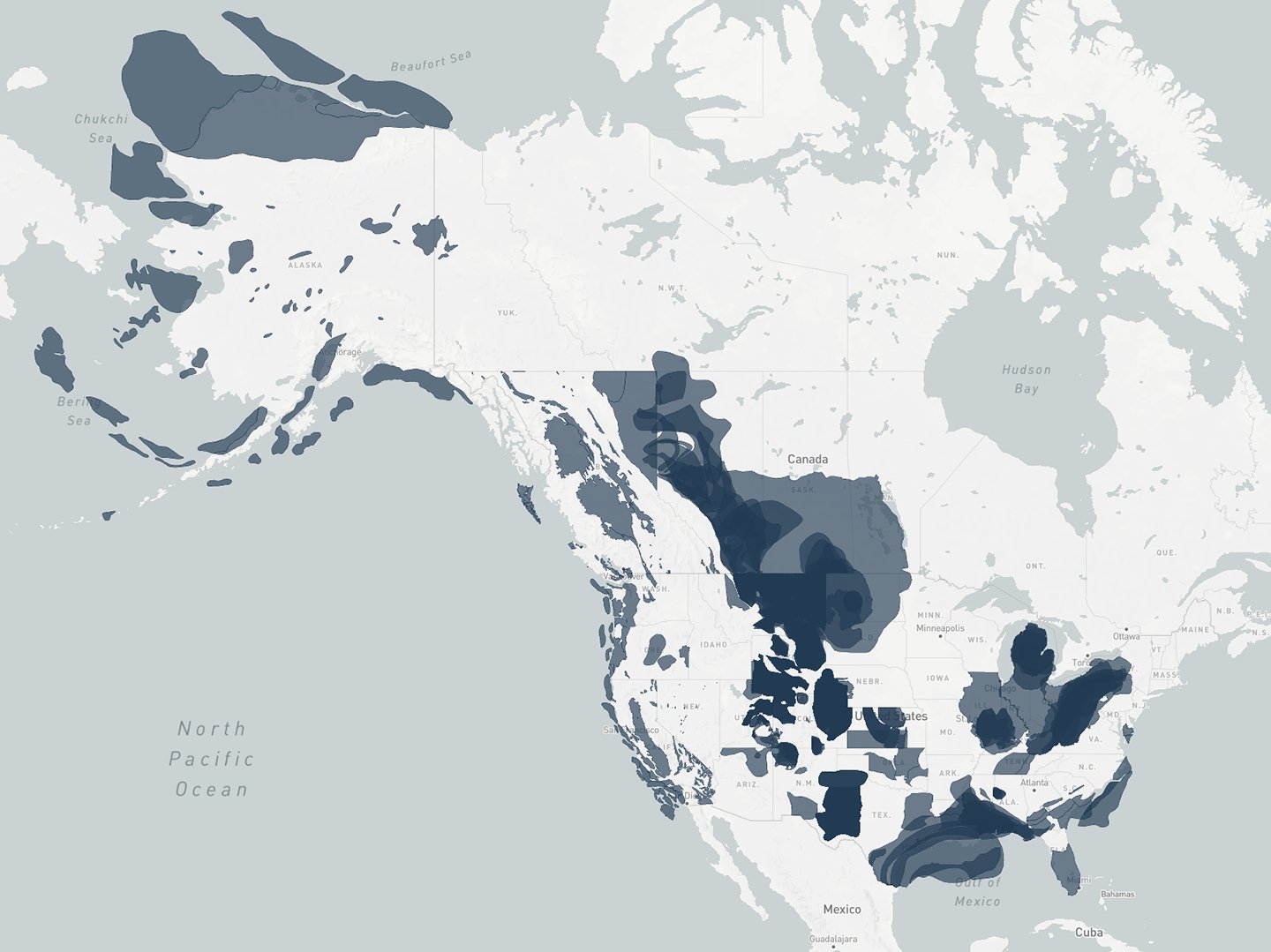Carbon Capture, Utilization & Storage Solutions
As momentum grows to reduce carbon footprints, scalable solutions are key to meet decarbonization goals. Increasing requirements in both Canada and the U.S. are pushing for greater environmental standards. Ever-evolving incentives and legislation continue to drive change within the industry. These carbon capture, utilization and storage (CCUS) initiatives aim to encourage the reduction of greenhouse gas emissions for a more sustainable future.
Blog
What We’ve Learned From Louisiana’s Successful Primacy Application
Article
Decarbonizing Ammonia Production Begins With CCUS
White Paper
Carbon Capture Market Is Marching Forward
Load More
Identify Your CCUS Project Needs
Carbon Capture
CO2 Storage & Pipelines
Permitting Class VI Wells & Pipelines
Carbon Capture
Understanding how to navigate commercial carbon capture technologies, cost and timeline considerations are essential for a successful project. Our extensive experience in the market allows us to understand point source capture, how to clean up gas and compression for use and storage. Whether looking to add carbon capture to your existing assets, or planning to build new units with carbon capture, we can guide you through the EPC journey and key considerations for a successful project.
Insights & News
Blog
Inflation Reduction Act Spurs Innovation in Oil, Gas and Chemicals Sector
White Paper
Carbon Capture System Design for Natural Gas Power Generation
White Paper
Power Surge: Preparing Electrical Infrastructure for Carbon Capture
Blog
Get Ready for a New Era of Carbon Capture at Power Plants
White Paper
Balancing Cost vs. Reward in Carbon Capture Streams
Blog
Cloning Design Provides Plug-and-Play Approach for Carbon Capture
Blog
Scrubbing CO2 From Ambient Air Through Direct Air Capture Technology
Article
Going Below Zero on the Path to a Lower-Carbon World
Blog
Q&A: Mark Heigold on Decarbonizing Canada's SAGD Operations
Load More
CO2 Storage & Pipelines
We understand certainty in results is imperative to your evolving business model to transport carbon and other alternative fuels. Upfront planning is crucial to determine optimal site locations and identify modifications to existing pipeline assets to put you on the right path for project certainty. Whether repurposing existing pipelines or building new CO2 pipelines to transport and store carbon, our team can guide you through flow assurance, capital and operating costs, along with health, safety and environmental factors for successful EPC project execution.
Insights & News
Blog
Building Pipelines for Carbon Sequestration Requires Long-Term Strategy
Blog
Unearthing the Potential of a Hub-and-Spoke Approach for CCUS
White Paper
Collaborative Land and Engineering Teams Help Balance Public and Owner Interests for Pipeline Projects
Load More
Permitting Class VI Wells & Pipelines
Permitting Class VI wells and pipelines is an often-lengthy process. Having the right team on your side — one with the experience necessary to navigate permitting complexities and put the optimal plan in place from the start — can make all the difference when it comes to completing crucial permits necessary for construction to mobilize. Correctly completing the process the first time helps to avoid costly schedule delays.
Optimal Sequestration Sites in North America

Footnote: There are a variety of options for carbon storage or sequestration, but the most common is injection into saline basins. These basins offer immense capacity throughout North America, with room theoretically to accommodate all U.S. and Canada CO2 emissions for the next several hundred years.
The Department of Energy's map, showcasing locations of CO2 storage projects.
Here is the link to the original source: https://edx.netl.doe.gov/geocube/#natcarbviewer
Insights & News
Blog
What We’ve Learned From Louisiana’s Successful Primacy Application
Article
Solid as a Rock: Streamlined Permitting Efforts Are Crucial for Carbon Storage Success
Blog
A Primer on ‘Primacy’ for Carbon Sequestration
Load More
Carbon Capture, Utilization & Storage Project Experience
Multisite Ethanol CO2 Capture
Class VI Injection Well Permitting for Midstream
Power Plant Carbon Capture & Storage for
Case Study
CO2 Pipeline Front-End Engineering Design
CO2 Recovery & Purification for Gas Processing Facilities
Direct Air Capture Hub for ClimeWorks
CO2 Recovery for Biofuels Production
CCS Geological Siting Study
Post-Combustion Carbon Capture for Natural Gas Compressor Stations
Multisite Cogeneration Carbon Capture
Load More
✖
